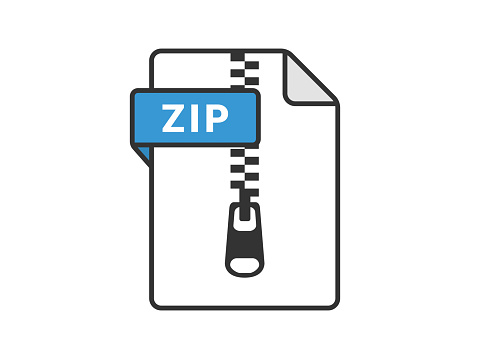Description
Logistic Regression and Monte Carlo Simulation
1. (45pts total) Load the Smarket data from the ISLR2 R package. This dataset consists of percentage
returns for the S&P 500 stock index over 1,250 days, from beginning 2001 until the end of 2005. For
each date, we have recorded the percentage returns for each of the five previous trading days, Lag1
through Lag5.
We have also recorded Volume (the number of shares traded on the previous day, in
billions), Today (the percentage return on the date in question), and Direction (whether the market
was Up or Down on this date). The goal is to predict Direction (a qualitative response) using other
predictors.
a. (10pts) Write down a logistic regression model with all the assumptions and fit the model using the R
function glm(). List all the parameter estimates and what did you find based on the p-values? What
does that mean in a practical sense?
b. (20pts) The MLE for logistic regression can only be obtained numerically. Write your own function called
my.glm() to implement the Newton-Raphson algorithm to the get the MLE of the logistic regression
model in Part (a), and verify your numerical solutions with the those obtained in Part (a) via glm().
1 MATH 8050 Homework 5
c. (15pts) Divide the data into testing set by randomly sampling 15% of the data and treat the resting
datasets as the training set. Write your own prediction function called my.predict() to get the
prediction.
Report the false positive and false negative mis-classification errors. For random sampling,
use sammple() in R. To ensure that your numerical results are reproducible, you need to set the random
seed (e.g., set.seed(12345)) before using sample().
2. (45pts, equally weighted) Estimate
I =
Z ∞
−∞
exp(−x
4
) dx
a. Evaluate I using substitution and the gamma function. This is not an approximation given that we
can actually compute the integral exactly. We will use this exact expression when comparing to Monte
Carlo and Importance sampling in the other tasks below.
b. Estimate I using Monte Carlo. How does this compare to the exact value obtain in a?
c. Estimate I using importance sampling. How does this compare to the exact value obtain in a?
2 MATH 8050 Homework 5



